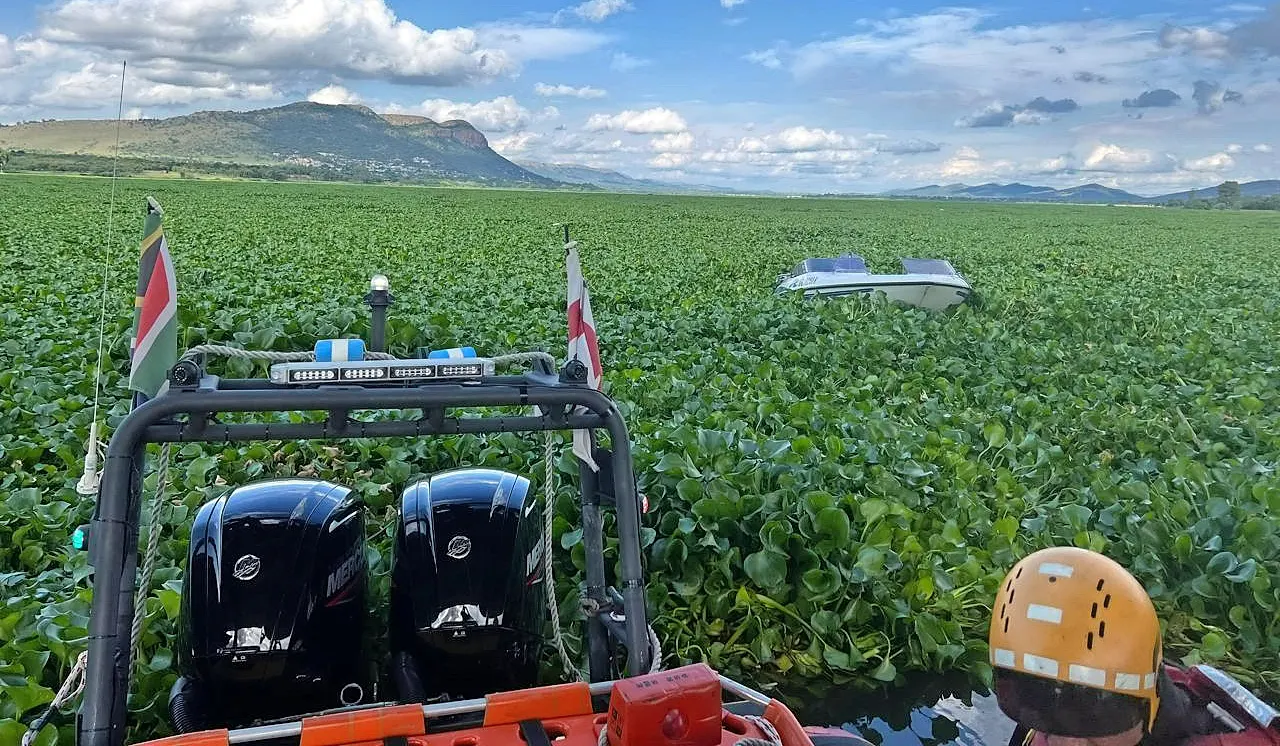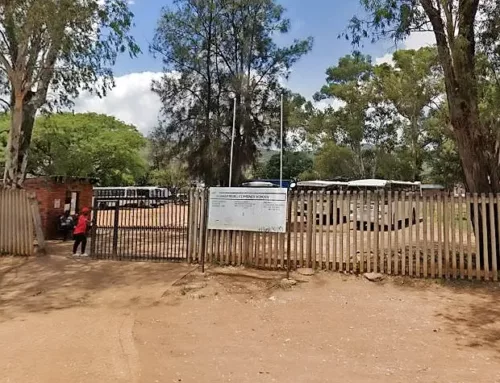NSRI urges extreme caution for boaters on Hartbeespoort Dam

The National Sea Rescue Institute (NSRI) is urging members of the public to carefully consider launching boats or other craft onto Hartbeespoort Dam at this time, due to extensive water hyacinth coverage that presents serious and growing safety hazards.
The floating mass of hyacinth currently covers large areas of the dam. It is expected to increase rapidly in the coming weeks. Hyacinth growth at Hartbeespoort typically accelerates during the summer season, and changes in wind direction cause these thick mats to move swiftly and unpredictably across the water. This creates extremely hazardous conditions for watercraft.
“We are asking the public to carefully consider whether it is safe to go out on the water,” said Arthur Crewe, NSRI Hartbeespoort Station Commander. “If your craft becomes trapped in the Hyacinth, your rescue options are limited. Even our rescue vessels suffer damage attempting to get through, and in some cases, rescues are extremely challenging. Launching without a clear understanding of where the hyacinth is, and how fast it’s moving places not only your life at risk but also that of our volunteers. Every rescue in these conditions is dangerous and may result in further damage to rescue equipment and delays in assistance.”
The NSRI said the dangers posed by the current hyacinth conditions include crafts being stuck in the dense mat of hyacinth, engines overheating or breaking down due to tangled vegetation and submerged debris.
“Hidden dangers, such as illegal fishing nets or floating debris entangled in the hyacinth, pose further threats. NSRI crews remain on standby for life-threatening emergencies, but the public is urged not to underestimate the risks. If you choose to launch despite the warning, study the latest weather and wind forecasts and monitor the movement of the hyacinth mass carefully before and during your trip. Inform someone of your exact route and return time, and take enough provisions and exposure protection to survive for an extended period on board, should you become trapped. Always carry a charged cell phone in a waterproof pouch, wear a lifejacket, and use the NSRI SafeTRX app to log your trip,” he said.












